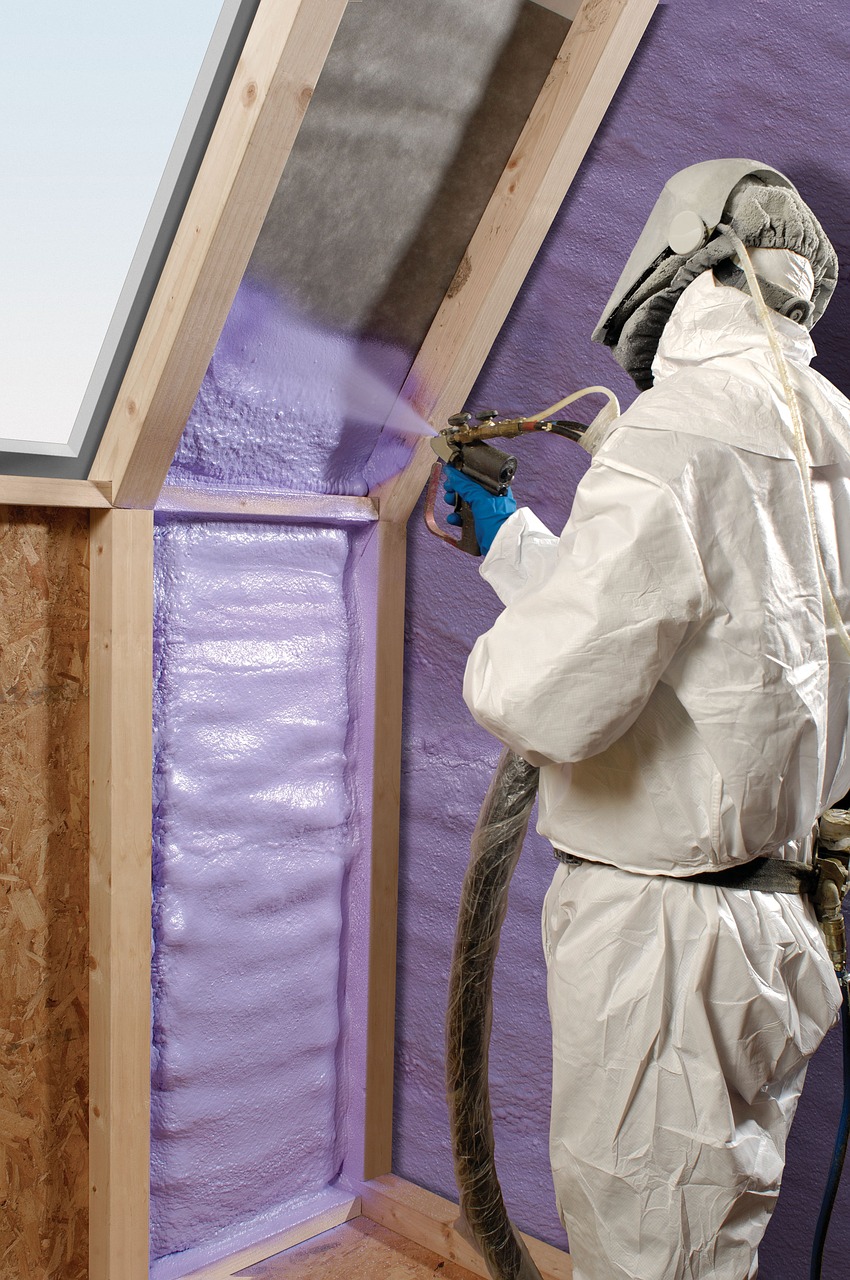Introduction
Are you looking for ways to save energy? Sick of the high heating and cooling bills? Have you tried saving energy by insulating your attic? Heating and cooling take up a whopping 49% of your total energy bill. You can save a ton of money by reducing the overall heating and cooling energy consumption in your house with attic insulation.

And guess what, 85% of the heat is lost through the attic. Crazy, right?
So, now you know the reason behind your energy bill spike.
By using the right attic insulations, you can stabilize the indoor temperature by restricting heat transmission.
So, how does it reduces energy consumption?
Let’s dive right in.
How does attic insulation work?
Okay, attic insulation saves energy, but how does it work?
Simply put, attic insulation acts as a barrier between the outside and the inside of our house. A porous insulating material with a specific R-value is placed in the house’s upper trusses to limit heat loss.
R-value? That’s new.
R-value is just the measure of the insulating effectiveness of a material.
Higher R-value = More resistance to heat flow = Higher energy savings $$$
If you don’t have any insulation, the HVAC (Heating, Ventilation, and Air Conditioning) unit must work longer to maintain your comfort. The longer your HVAC operates, the more energy you consume.
According to Energy Star‘s guidelines, insulation of R-49 should be used in cold climates and R-38 for warmer areas for higher energy savings.
How much money can you save by insulating your attic?
You want your power bill to be manageable, but how much energy does insulation actually save?
Attic insulation is the single most cost-effective and beneficial improvement you can do to save the most on your energy bills.
You still don’t believe it? U.S. Environmental Protection Agency (EPA) estimates an average 15% saving (or an average of 11% on total energy costs) on heating and cooling costs by insulating attics.
The average monthly electricity bill for residential customers in the United States was $115 ($1380 annually) in 2019. And for natural gas and heating oil, the numbers go up to $595 and $1,646, respectively.
So, considering 15% savings, you can save an average of $200-$400 yearly. Using 0mm – 270mm loft insulation, you can save up to $345 annually for a detached house.
The energy savings by it can be higher if you live in a climate of extreme temperature.
What’s not to love?
Attic Insulation Cost vs. Energy Savings
Attic insulation saves energy, but what is the actual return on investment (ROI)?
Is attic insulation for saving energy really worth it?
A big YES!
It costs between $1500 to $3000. The figures vary depending on the type of insulation and the area supposed to be covered. On average, it costs $1.50 to $4 per square foot to insulate an attic.
Honestly, it is a hefty price up front.
But here’s the catch: According to Remodeling’s annual “Cost vs. Value” report, fiberglass attic insulation had an ROI of 117% in terms of the increased market value of the house.
Wait…there’s more.
This 117% return on investment is just the cost recouped in the form of increased home value. You save a lot more through lesser energy consumption and reduced utility bills.
Depending on your attic style, you can save 10 to 50 % on a typical heating bill.
Moreover, there are many utility financial incentives and rebate programs for homeowners interested in saving energy by attic insulation and other energy-efficient home improvements.
Do you need attic insulation (or more of it)?
Typically, houses built before the 1970s lack proper attic insulation. According to Energy Star, 9 out of 10 homes in the U.S. are under-insulated.
So, suppose you want to save on your energy bills. In that case, you need to re-evaluate the existing insulation condition and compare its R-value to the recommended ones for your area.
As a general rule, if you can easily see the floor joists, you need to add more insulation.
Moreover, you need to check for drafts, possible leaks, and rats, as they can severely damage your insulation. Moreover, a damp attic promotes mold and mildew growth, ultimately deteriorating your attic insulation.
Attic insulations have a long life expectancy, but as the insulation ages, it changes, and the overall energy efficiency might drop.
Pro tip: If you suddenly notice temperature changes through the house or an energy bill spike, your insulation needs a check.
If it’s your first attic insulation, the type of insulation should also be considered.
Blanket insulation, loose-fill or blown-in insulation, and spray-in (polyurethane) foam insulation are some options. Blanket insulation is the most cost-effective one for smaller surface areas.
Is attic insulation worth it?
Without a doubt!
If you want to cut your energy bill and increase the home value, attic insulation is the way to go. It restricts heat flow, ultimately lowering the heating and cooling costs drastically.

Apart from the energy savings, It keeps the air clean and reduces temperature swings in the home. To maximize the benefits, make sure the insulation is not compressed, and adequate attic insulation has been installed.
So, what are you waiting for? Hire a professional to look at your existing attic insulation and save megabucks on your energy bills.
Sources:
https://www.energystar.gov/campaign/seal_insulate/methodology
https://www.energy.gov/energysaver/weatherize/insulation
https://www.energystar.gov/campaign/seal_insulate/do_it_yourself_guide/adding_attic_insulation





